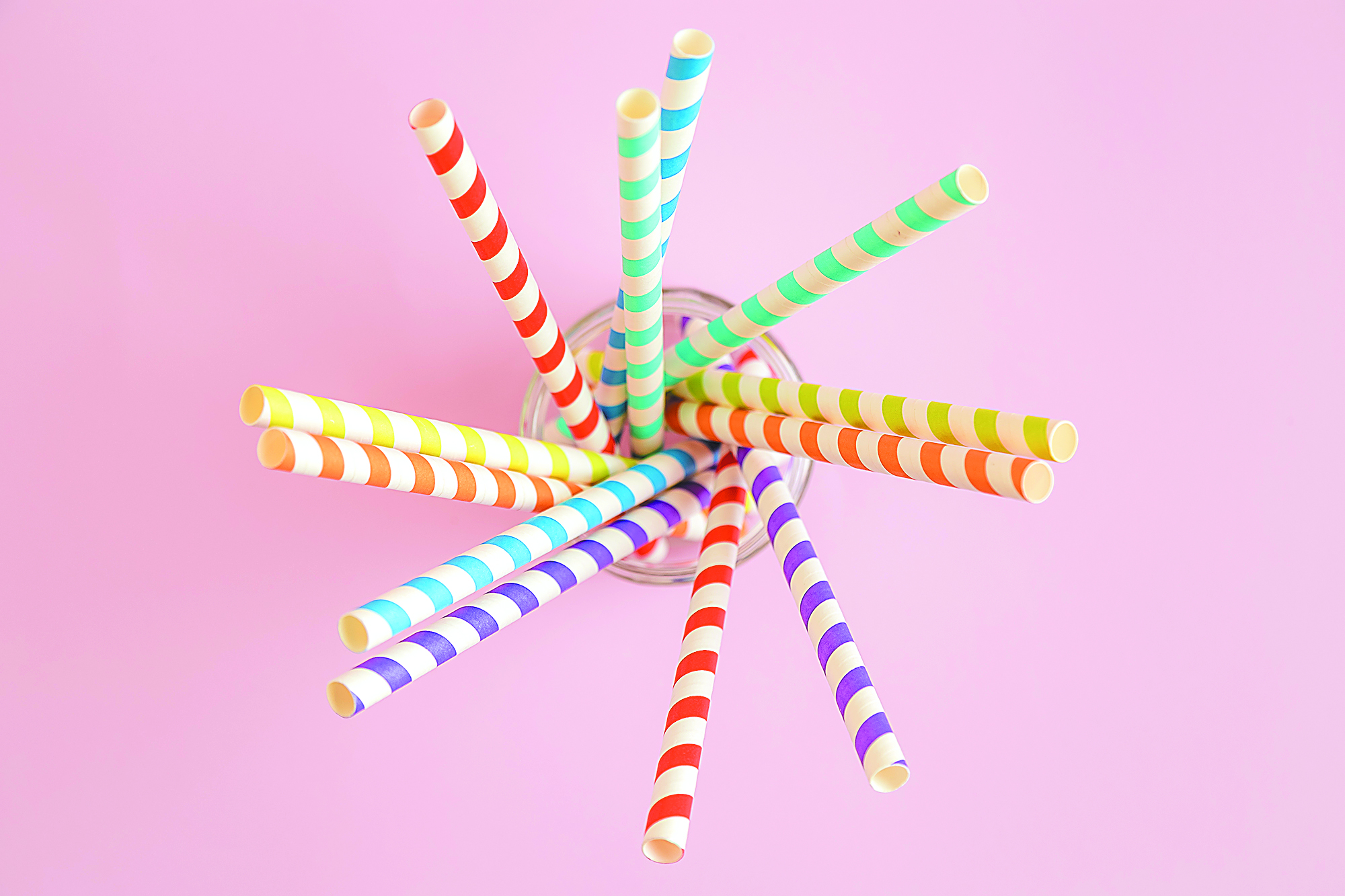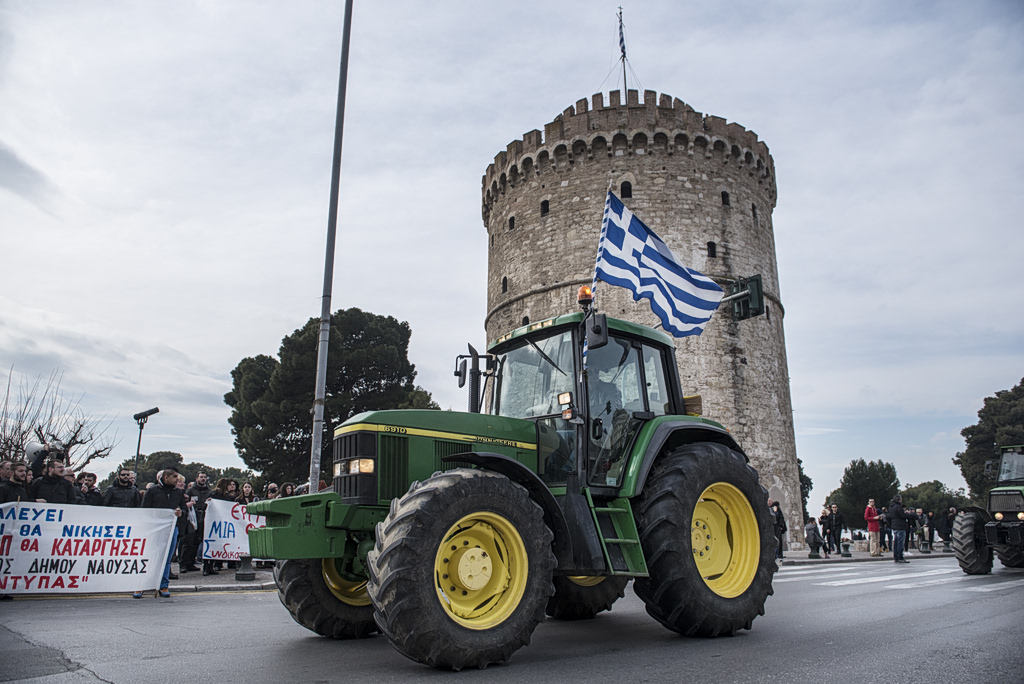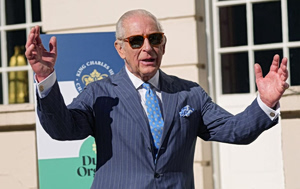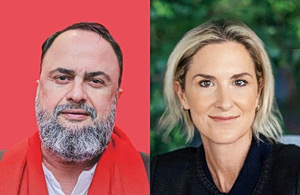Plastic straws are making a comeback. Karrie Laughton has two words for them: Suck it.
The co-owner of paper-straw company Roc Paper Straws put the phrase on a sipper she designed last month after Trump’s executive order seeking to ban the plastic alternative.
Laughton has become a one-woman paper straw crusader. She spends a couple nights a week commenting on strangers’ anti-paper-straw social-media posts, telling them the flimsy ones are usually foreign made, and that they should try American-made ones, like her company’s.
“It’s exhausting,” she said. “I didn’t think I’d have to fight so hard for a straw, but I’ll keep fighting.”
A decade ago, plastic straws were public enemy No. 1, seen as an environmental nightmare that clogged oceans and hurt sea life. Bars, restaurants and fast-food chains promised to move away from plastic straws, often replacing them with paper ones.
But critics, including the president, have had enough of the sometimes soggy alternative.
“These things don’t work,” Trump said of paper straws as he signed the executive order in the Oval Office. “I’ve had them many times. On occasion they break, they explode.”
“The Daily Show” host Jon Stewart, a Trump critic, agreed.
“OK, he’s right on this one,” Stewart said. “Those straws are f—ing terrible.”
Laughton found out controversy was stirring while eating lunch with her staff last month. Her phone buzzed with texts and links to Trump trash-talking paper straws.
“I was just in complete panic,” said the Rochester, N.Y., resident.
The bashing from Trump hasn’t hurt or helped sales, Laughton said. But she has noticed more anti-paper-straw posts on social media recently. “It’s almost like this symbol of division,” she said. “People get really fired up about straws.”
For Bobby Aye, the problem with paper straws starts before he even takes a sip of iced coffee from his local Panera Bread in Providence, R.I. First, the straw has to pierce through the plastic lid, causing the paper to tear and puncture. The straw then immediately starts absorbing the coffee, making it “pretty useless,” he said.
Sometimes the 30-year-old, who works in finance, has to drink his morning caffeine with the lid off—increasing his risk of spilling in the car. “It’s definitely an inconvenience,” he said.
The movement against plastic straws started around 2015, when a video of a sea turtle with one stuck up a nostril went viral. In it, researchers are seen struggling to pull the straw out with pliers. Blood drips from the turtle’s nostril.
undefined Soon after, several cities either banned plastic straws or told businesses to keep them behind the counter, to be handed out only when a customer asks.
Michael Smith remembers watching the video in high school and swearing off straws for good—even the paper ones, which he said are “a Band-Aid on a bullet wound.”
“They are less damaging to the environment,” said Smith, who lives in Durham, N.C. “But less is not none.”
At restaurants, the 33-year-old waves off servers who try to drop off straws. Workers at his local Wendy’s know him so well they automatically hand him sodas in cups without a straw or lid.
“I think that they recognize my name and my order,” he said, “which is not good for my waistline, but I guess that’s not the problem we’re dealing with right now.”
Smith does keep two plastic straws in his car for emergencies, like when a friend who just had dental surgery needed one to drink. “I do my absolute best to not use them unless I really need to,” he said.
Plastic is problematic because unlike paper, it never disintegrates. Instead, plastic breaks down into smaller pieces that can be eaten by birds and fish, causing them harm. Those microplastics find their way into our food and bodies. At beaches around the U.S., volunteers picked up 61,396 plastic straws and stirrers last year, making them the eighth-most found trash on American shores, according to the nonprofit Ocean Conservancy, which organizes worldwide beach cleanups.
Trump has played down the environmental effects. “I don’t think that plastic is going to affect a shark very much,” he said, “as they’re munching their way through the ocean.”
And, the president’s executive order noted, paper straws sometimes come wrapped in plastic, “undermining the environmental argument.”
Charlie Greenman isn’t happy at the prospect of plastic’s return.
His preference for paper has nothing to do with the environment. “I like the way it feels on my mouth,” said the New Yorker, a software-company founder in his early 30s. “It has more bite to it than a plastic straw.”
Paper straws do dissolve quickly, he says, but he finds that exciting while eating lunch at his desk, pushing him to slurp faster.
“It creates sort of like a countdown timer of how much time I have to finish my drink,” Greenman said. “And then when I throw it away, it is dissolved and much easier to throw away.”
But for Yvonne Roche, a 43-year-old stay-at-home mom, it’s like drinking out of mushy cardboard.
“By the end of a five-minute drink,” says Roche, “you have a papier-mâché-like material at the bottom of your straw.”
At bars and restaurants, she needs two or more paper straws to get through one beverage. And sometimes the use of paper straws seems pointless, like on her children’s juice boxes, where the paper straws are often wrapped in plastic.
Trump’s executive order won’t affect her, however, since she lives in Alberta, Canada. “I’m hoping Canada can maybe adopt it,” said Roche, whose country has banned single-use straws. “You guys are kind of leading the way back into sanity.”
Write to Joseph Pisani at joseph.pisani@wsj.com



